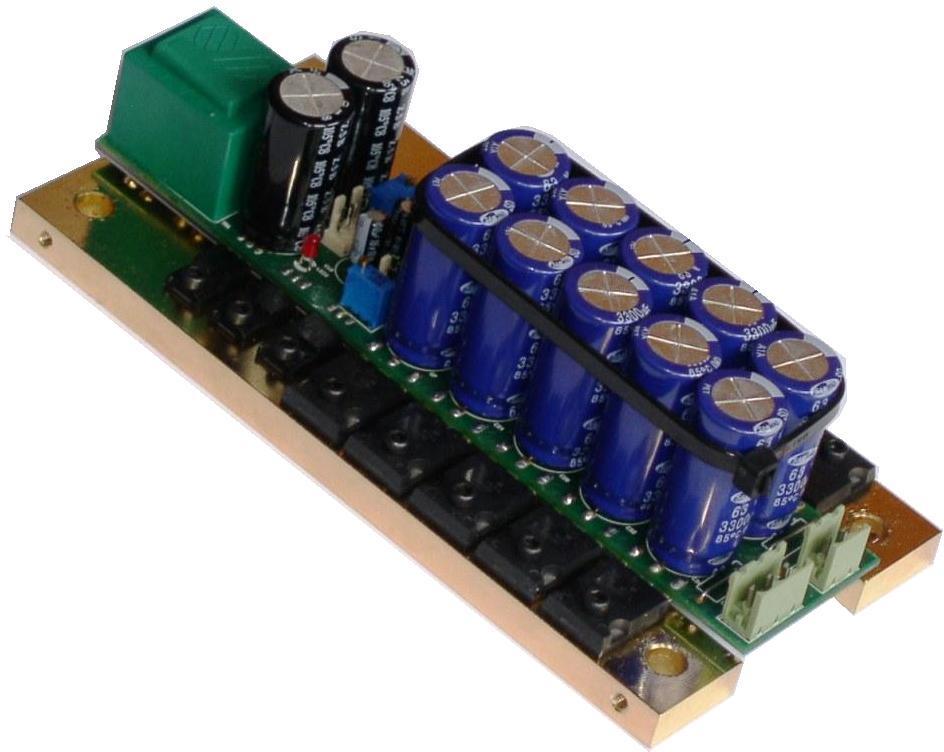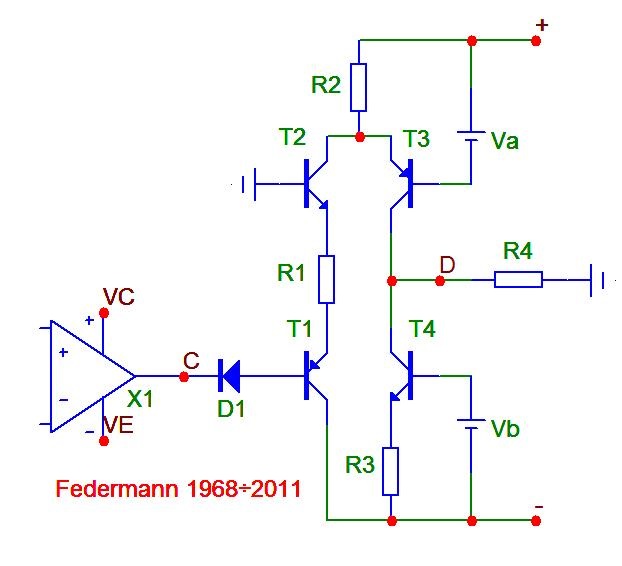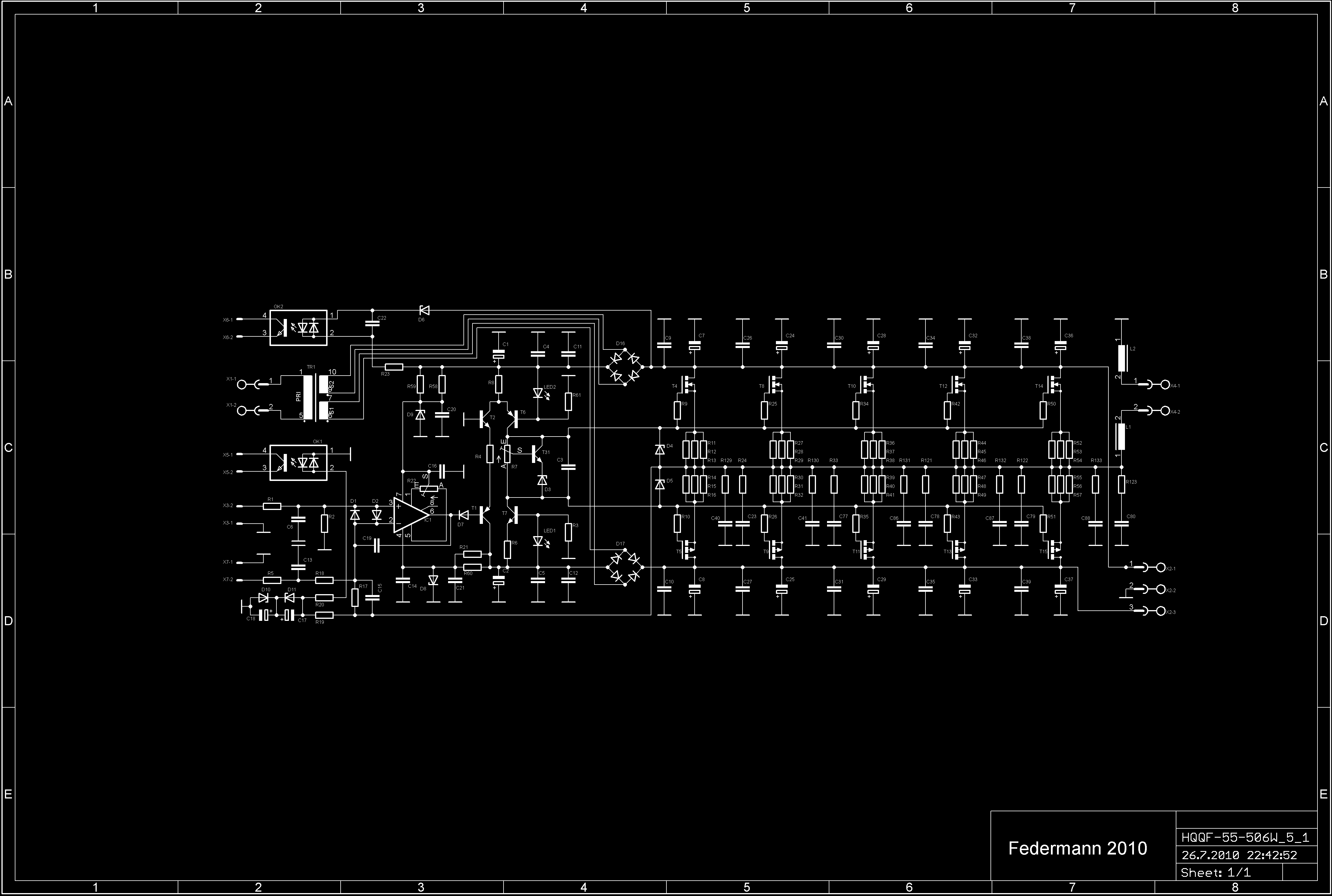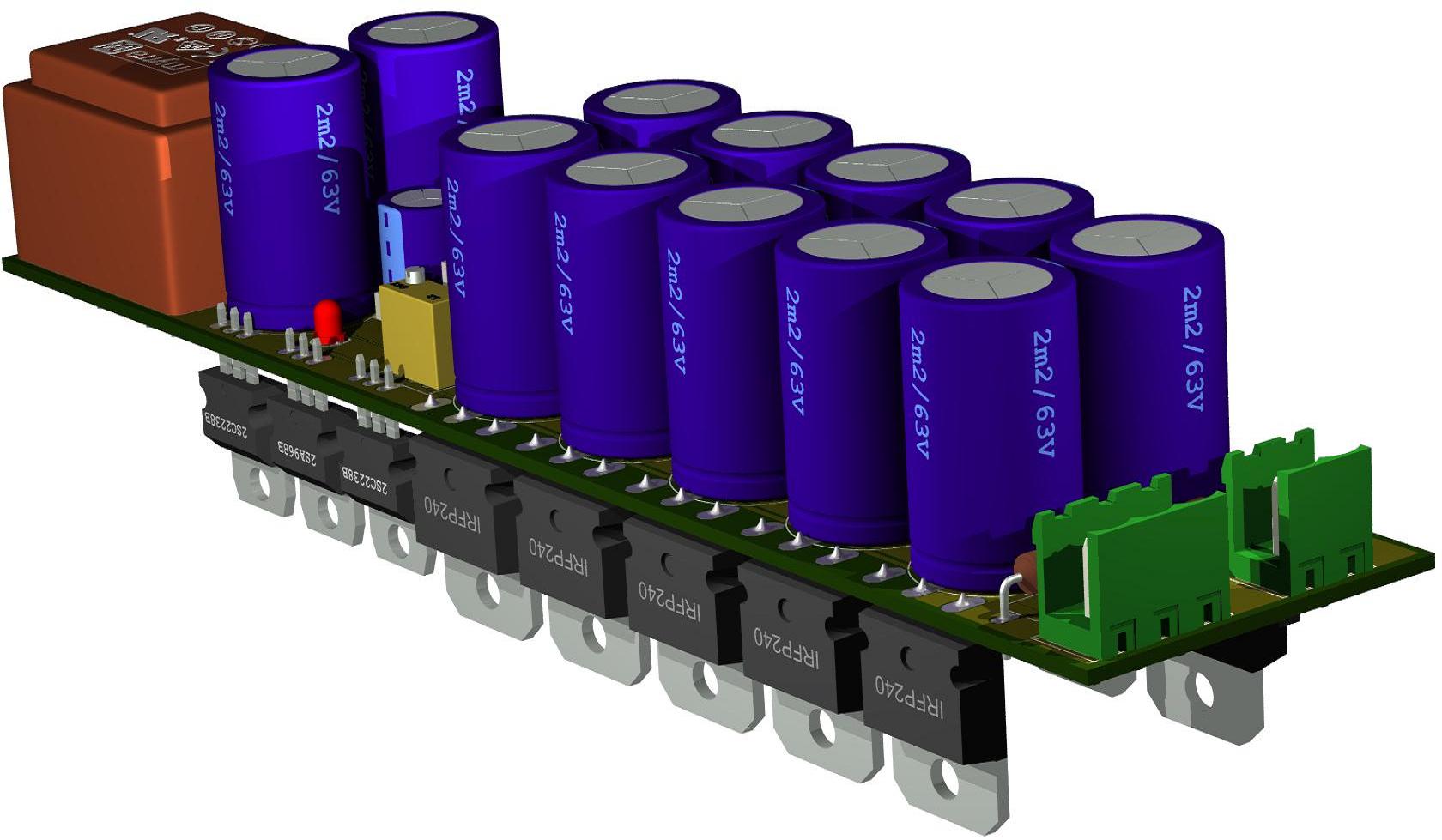I dont know,if this problem here presented is meaned seriously or only like "brain exercise".In every times amplifier buildt with "nonideal" device will have "nonideal" parameters:high output impedance,high distortion,low slew rate(narrow frequency response),poor temperature stability etc. Nonideal parameters will lead to the nonideal sound:bass like "throwing of the ***** to the tent(ladyes and moderator certainly execuse me,but this word is mostly accurate),nonconvincing middles and "tail of distortion" on trebles. In our country we have one proverb:"You cannot do the ball by the fart" and I am sorry, but all this "dreamly project" is very similar to this proverb. I know whatabout I am talking-amplifiers are my hobby and I am buing it many years. Pavel(Paul)
I preafer 1 Transistor Single End
I prefer 1 amplifying transistor,
if possible Single End, SE
if I can get it to work properly and cope with loads.
If not,
I add another transistor, to co-operate in best possible way
with the first.
halojoy has more than 1 transistor in most of his constructions
has more than 1 transistor in most of his constructions
I prefer 1 amplifying transistor,
if possible Single End, SE
if I can get it to work properly and cope with loads.
If not,
I add another transistor, to co-operate in best possible way
with the first.
halojoy
I prefer 1 amplifying transistor,
if possible Single End, SE
if I can get it to work properly and cope with loads.
If not,
I add another transistor, to co-operate in best possible way
with the first.
halojoyhas more than 1 transistor in most of his constructions
I also prefer fewer transistors. One is correct.
Sounds great ^.
Hi,
According to Einstein "Everything should be as simple as possible, but no
simpler". Too simple is as bad or worse than too complicated, YMMV.
rgds, sreten.
Good simple 2 transistor circuits tend to slaughter any single device option.
each component must have a relative function to justify it being in the circuit. If it is of not much cost and effort to add a transistor, like perhaps a cascode for the VAS to eliminate Early distortion, and to utilize a high Ft high Hfe device (typically small Vceo) for the VAS, then it is better to use another transistor. Sometimes the extra benifit is not worth the cost/effort. That is for the DIYer to decide.
Use the right number of transistors, if you know how to. If not, either buy something which has been designed by someone who does know how to, or use valves!
PS it is unlikely that one or two is the right number of transistors, unless you like listening to lots of low order distortion and you have high efficiency speakers in a small room.
PS it is unlikely that one or two is the right number of transistors, unless you like listening to lots of low order distortion and you have high efficiency speakers in a small room.
Agreed. Knowing what transistors are suited to which task is important.
I have been experimenting with common mode FB loops biasing a complementary trans-impedance VAS driving a constant impedance with some excellent results. It requires a few more than two transistors to acomplish this tho....
I have been experimenting with common mode FB loops biasing a complementary trans-impedance VAS driving a constant impedance with some excellent results. It requires a few more than two transistors to acomplish this tho....

Last edited:
With ideal components would be enough 3 transistors for perfection.
but theory is a simplified model of reality and reality is much more complex.
for comparison if you want to fly you need an airplane.
If you want to go to moon you need a complex spaceship.
If you want a good amp you must use appropriate solutions.
Also spice is a simplified model of reality
Sometimes an amplifier that seems to work perfectly in numeric mode
in reality is just an oscillator
but theory is a simplified model of reality and reality is much more complex.
for comparison if you want to fly you need an airplane.
If you want to go to moon you need a complex spaceship.
If you want a good amp you must use appropriate solutions.
Also spice is a simplified model of reality
Sometimes an amplifier that seems to work perfectly in numeric mode
in reality is just an oscillator

With ideal components would be enough 3 transistors for perfection.
but theory is a simplified model of reality and reality is much more complex.
for comparison if you want to fly you need an airplane.
If you want to go to moon you need a complex spaceship.
If you want a good amp you must use appropriate solutions.
Also spice is a simplified model of reality
Sometimes an amplifier that seems to work perfectly in numeric mode
in reality is just an oscillator

Theory and confirmed realized in practice.
- Status
- This old topic is closed. If you want to reopen this topic, contact a moderator using the "Report Post" button.
- Home
- Amplifiers
- Solid State
- One or two transistors


